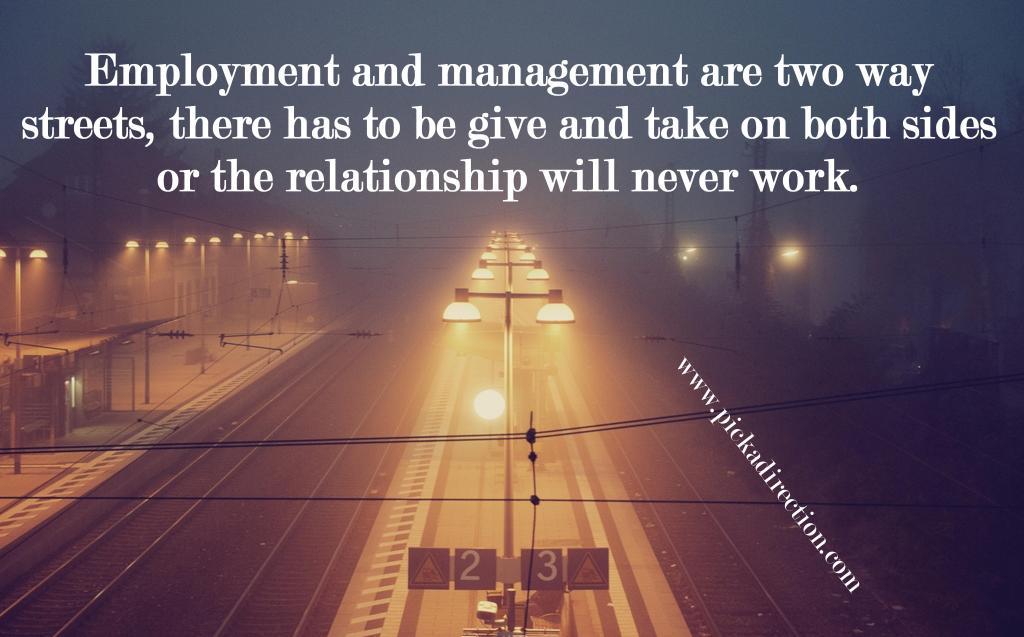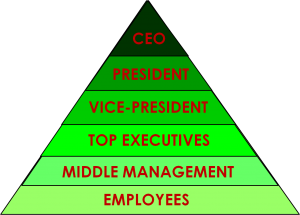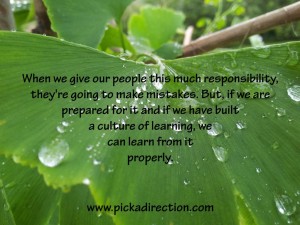The company I work for has accomplished a ton since inception just shy of five years ago. This year we’ll eclipse $100M in revenue and we’re continuing to grow at a rapid pace. But our onboarding process, particularly in the sales department, is lacking. It’s what most would call a “sink or swim” environment.
This isn’t a problem, except that the hiring doesn’t always match the training program. Because of this, I’ve been thinking extensively about training programs. As Nassim Nicholas Taleb points out in his (excellent, thought-provoking) book Antifragile: training doesn’t precede success.
First, comes success. Then, comes a theory about how said success was achieved. Finally, a training program is built around these ideas. Again, not a problem, just how time works.
There is a problem with waiting years to analyze success though, you’re opened up to things that skew the facts such as survivorship bias and the halo effect. If no one is studying how prosperity was attained, than there is no blueprint from which to train new hires. Sometimes companies are moving too fast to take notes on what’s happening. They’re focused on the next sale, the next deal, the next merger, the next acquisition, the next milestone…





